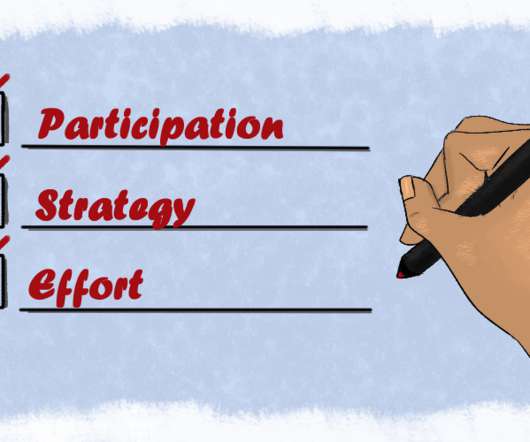A Comprehensive Guide to Social Learning Theory
Gyrus
FEBRUARY 8, 2023
Learn the fundamentals of social learning theory, criticisms, and social work applications. Click to learn more! Find out how it can help your enterprise.

Gyrus
FEBRUARY 8, 2023
Learn the fundamentals of social learning theory, criticisms, and social work applications. Click to learn more! Find out how it can help your enterprise.

Beth's Blog: How Nonprofits Can Use Social Media
FEBRUARY 18, 2014
Use Learning Theory. I have written a lot about how it is important to understand how the brain works, how people learn by using learning theories to guide the design of your workshops. to define the four levels of training evaluation.
This site is protected by reCAPTCHA and the Google Privacy Policy and Terms of Service apply.

ASU Lodestar Center
OCTOBER 16, 2020
Guide to building evaluation capacity. ECB involves a series of steps taken by an evaluator (internal or external) to build evaluative knowledge and skills, create a culture of continuous learning and accountability, and make resources readily available. This plan will guide the process for all the participants.

Beth's Blog: How Nonprofits Can Use Social Media
JANUARY 27, 2014
Designing and delivering a training to a nonprofit audience is not about extreme content delivery or putting together a PowerPoint and answering questions. If you want to get results, you need to think about instructional design and learning theory. And, there is no shortage of learning theories and research.

Beth's Blog: How Nonprofits Can Use Social Media
SEPTEMBER 27, 2006
That's simply because learning is a process that happens when the information shifts from short-term to long-term memory and results in changed beliefs and behaviors. Loretta, doe it depend on which learning theory you buy into? But, as such, it's just grist for the learning mill - it's not yet learning.
Let's personalize your content